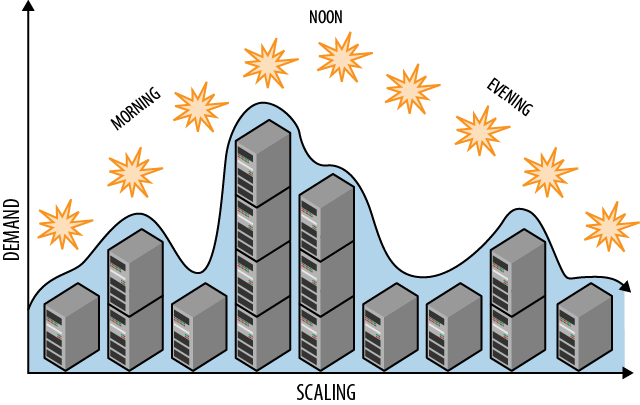Quality feedback is essential to any software delivery project and the best way to improve feedback is to reduce the developer feedback cycle and make any (and every) result transparent to the project, its members and its stakeholders. You should continue to mesure and broadcast results through communication mechanisms commonly referred to as “information radiators.” […]
Blog
Insight and analysis from thought leaders in agile development and testing, DevOps, security, test automation, and more.





